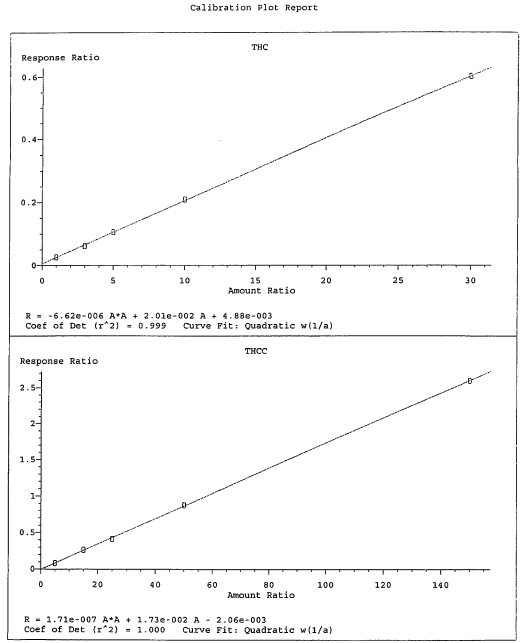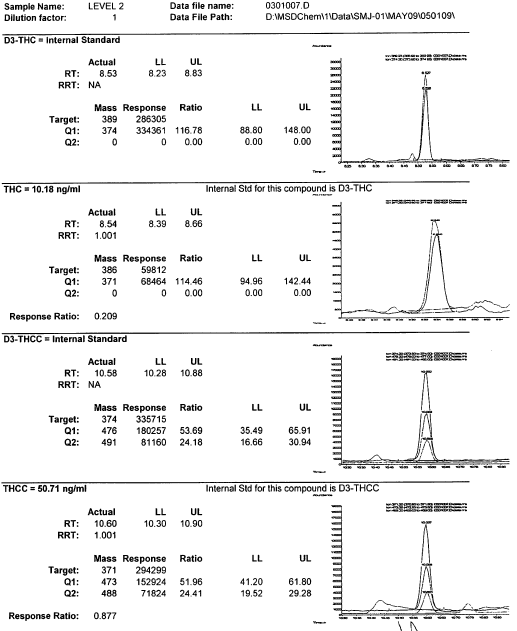In a series of posts, we are going to talk about Mass Spectrometry.
- Introduction-The different configurations and the Electron Impact process
- What types of mass analyzers are there?
- What type of detectors are there?
- What types of analysis can be done?
- How do you read the output?
- How do they come to a qualitative measure using software?
- How do they quantitate the results?
- Do you need chromatography if you are using Mass Spectrometry?
- Other topics of interest about GC-MS
In this post, we take a closer look at GC-MS and how it can be used to answer the question of “how much do we have?” or quantitation.
The good news is that it is not that much of a mystery and is fairly easy. Just as with all forms of quantitative analysis, we have to have a clue of what compound we are looking for before we can quantify it. The quantitation cannot begin unless we have completed the qualitative determination. This is due to the fact that no GC-MS out of box from the vendor has a clue as to either the qualitative or quantitative measure. The machine has to be “taught” not only what it was looking for, but most importantly how much we are looking at.
Here are some posts on calibration in general:
When is a straight line a curve: Calibration curve
Why do instruments need to be calibrated?
A rose by any other name??? More on Metrology and its nomenclature
How do they make the squiggly lines turn into a magic number: Area under the peak
A common way to get more quantitative information out of a mass spectrum is to create a standard curve to compare the sample to just as we would do in GC-FID. As we talked about above, this requires knowing what is to be quantitated ahead of time, having a standard available, and designing the experiment specifically for this purpose.
A more advanced variation on this the use of an internal standard which behaves very similarly to the analyte (deuterated internal standard). The deuterate compound is different by + or – molecular weight (MW). In the case of GC-MS it has characteristics so similar to the drug of interest that it elutes (comes out) from the column as a peak with characteristic ions. This is often an isotopically labeled version of the analyte.
Quantitative work is typically run in SIM mode.
Now lets look at some real data from a DUID-MJ case where quantification occured.






